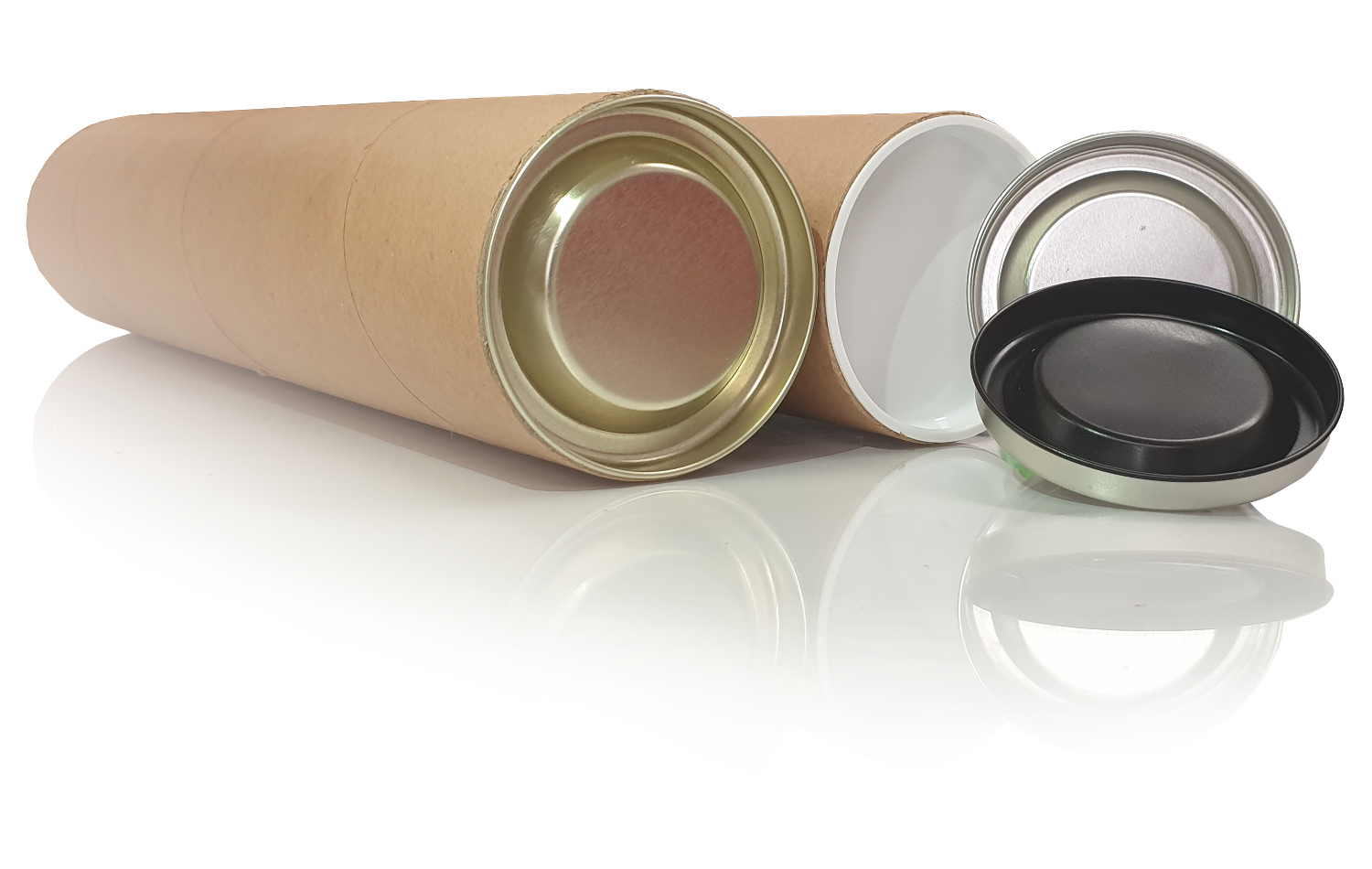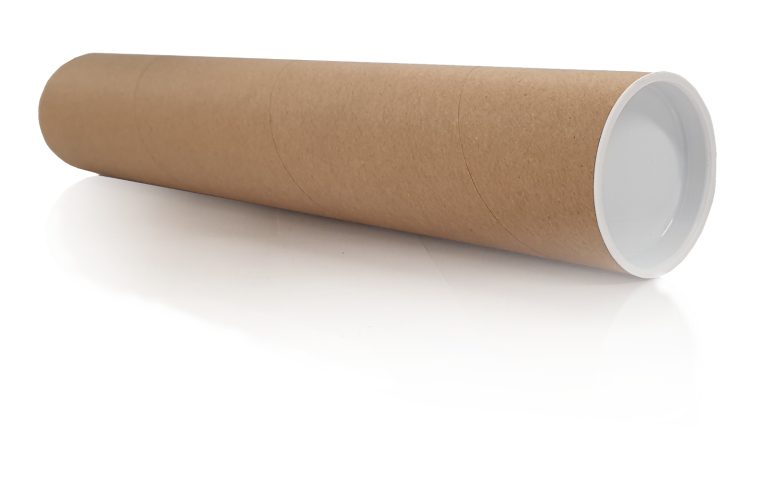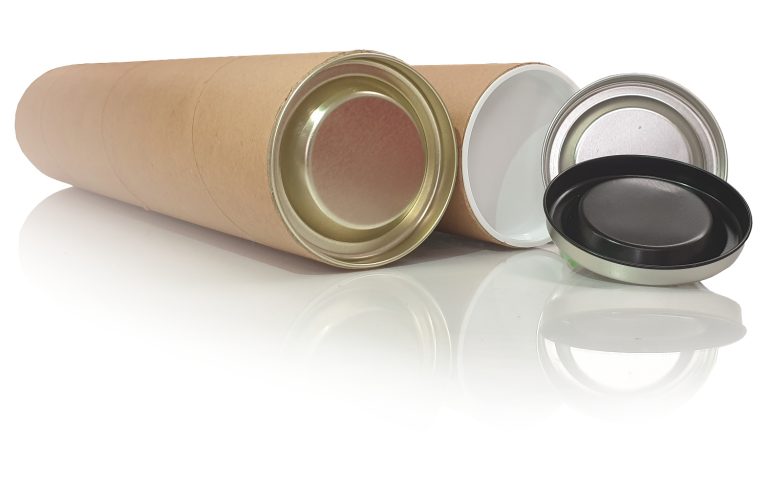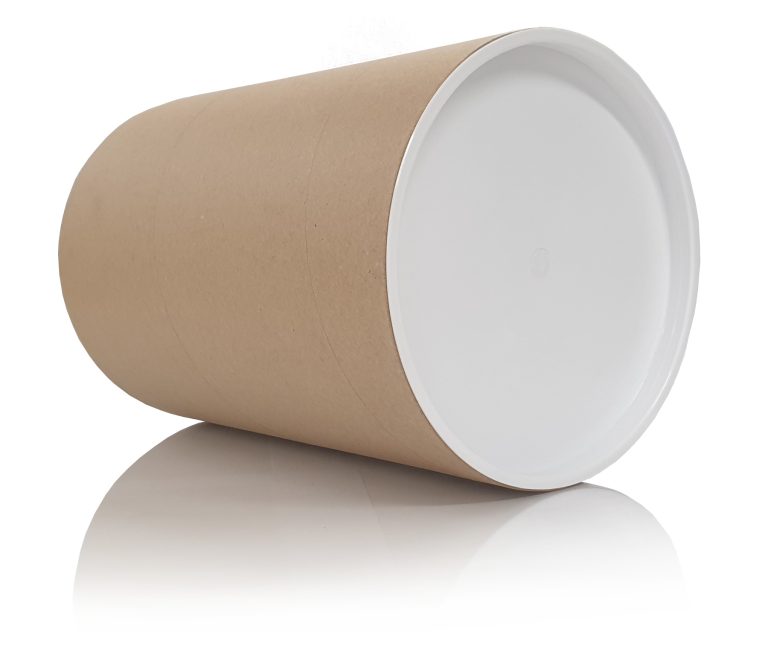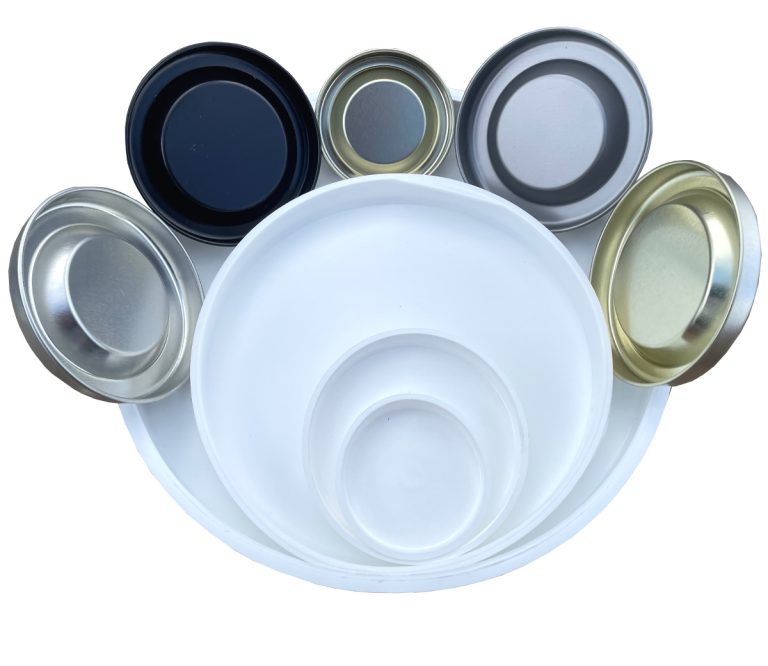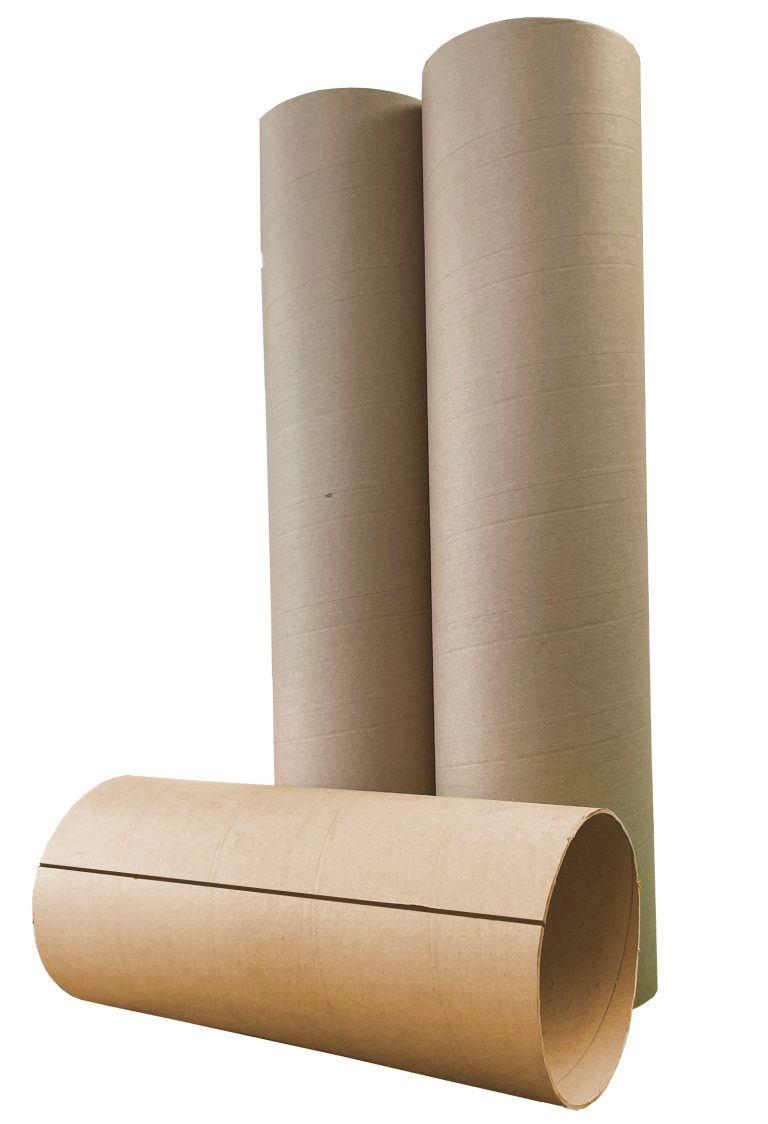Help in choosing the right cardboard postal tube for your artwork, whether it’s a print or an original watercolour or oil painting you are posting out.
“How do I decide which postal tubes are right for the item I’m sending?” is a question often asked by people new to sending rolled artwork such as graphics or other pictures out in postal tubes
Here’s a tip or two on the basics to help you get it right…
LENGTH
1) Starting with the length you need: it might seem very simple — surely you just need to measure the shortest length of the picture or poster you intend to roll in order to determine what length tube you should purchase. But hold on a moment…postal tubes are often quoted with two lengths: overall length & usable length. There’s good reason for this as both are potentially critical. The overall length’s important because most carriers have a length limit & the usable / internal length (what’s left after inserting the end caps) is what you need to know to assess if it’s right for your item. Remember though, you’ll need to always leave more room than the exact usable length to avoid the caps damaging your items when you insert them. You really don’t want to spend valuable time adjusting your poster etc to make sure it is exactly central, something you’ll have to do if you don’t allow enough extra space.
WIDTH / DIAMETER
2) The diameter of the postal tube you need to buy is largely dependent on what you’re sending. A normal poster will be more suited to a narrower diameter postal tube than an oil painting that has been removed from its stretcher to be rolled for shipping. If you attempt to roll an oil on canvas too tightly the oil paints may crack. We therefore advise that before buying your tubes — roll your items as tightly as you’re comfortable with & secure the rolled item with an elastic band to allow you to measure the diameter. Once you’ve done that you can buy the most suitable diameter postal tubes for your shipment.
STRENGTH / WALL THICKNESS
3) Wall thickness is what mostly gives the tube its strength (though more about that later), and the value of the item you intend to send will largely determine the wall thickness you should aim for. Postal tubes should have a minimum wall thickness of 1.5mm (though more & more postal tubes are less than that & not really up to the job of protecting their contents — so beware & ensure you buy your postal tubes from a reputable supplier). A 1.5mm wall tube will provide ample protection in most cases for less valuable items such as posters & prints. More valuable items would be better served by our ‘Art Grade’ postal tubes with thicker walls and we offer stock art tubes with 3mm, 4mm & even 5mm walls or greater. Our Art Grade cardboard postal tubes are available in 2″, 3″, 4″, 6″ & 8″ diameters. We can also custom make tubes to a customer’s specified diameter & wall thickness. Wider diameter tubes with thin walls would not be advised.
Not all wall thicknesses are the same…
Having said that wall thickness determines the strength of the tubes, there are some caveats: poor quality paper with short fibres will not be as strong as tubes constructed with better quality paper. We are therefore extremely strict over the paper we use for our tubes — a major reason why so many of our clients are surprised by how much stronger our tubes are when compared to other tubes supposedly of the same specification.
To cap things off…
Securing your caps will add strength to your tube and consequently extra protection of your items.
Stapling your caps into place is a great way to help safeguard the contents of your tube — as you will be bringing air pressure into the equation. Just as an empty plastic pop bottle is more difficult to crush with the lid screwed on, so is a postal tube if its caps can’t simply pop off in the event of a heavy item being dropped on it by a careless courier.
Whilst stapling caps in place does add extra protection to the contents of the tube, it may reduce the likelihood of the caps being reused. It is possible to staple metal caps but not as satisfactorily as with plastic stoppers.
Hopefully this very basic guide is helpful to those new to posting items out in postal tubes… but if you need more help, just call us & we will be happy to offer advice.

